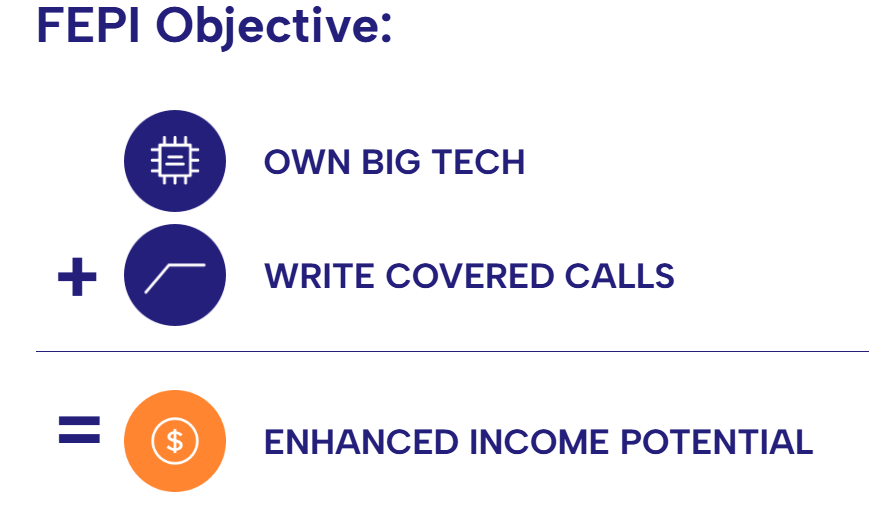Series: Building A Second Income Stream (Part 1)
This isn't your typical investing. This is an unconventional method of wealth accumulation. Here's all you need to know.
This has to be the best time in modern history to be an income investor. There are so many different tools at our disposal that make it incredible simple to increase our income, wealth, and financial security. I wanted to share the foundation of a new income strategy that I have used to increase my monthly passive income by over $4,000. This strategy can be scaled depending on how much money you commit to it. I fully intend to use this strategy to eventually accumulate over $10,000 a month in monthly passive income, then onto $20,000 a month, and finally onto $100,000 a month. This might sale like some sales-type bullshit but I can assure you it’s not. I will provide real life example, tickers, and screenshots.
Before we get started, you need to understand that this isn’t investing. The assets that I will share are not the typical buy and hold type of stocks that appreciate in value. Instead, these assets produce monthly income and nothing else. Their structures and strategies are a bit different so there should be no expectation that the value of your initial investment will go up in value. While the income investments I am utilizing are not related to real estate, I think the thought process around real estate is very relevant in understanding how you should view these income-focused investments.
Let’s paint an example…
You own a rental property that you paid $500,000 for. You only put 20% down, so the upfront cost to you was $100,000. Every single month, your rental property produces you $1,800 in rental income after all expenses are paid.
$1,800 x 12 months = $21,600 in annual passive income through your rental property. You are effectively earning a 21.6% return on your money every single year.
If your rental property was worth $500,000 when you bought it, but the value of the property decreased to $400,000, would you care? You don’t plan to sell the property. Your tenants continue to pay their rent month after month without an issue. You still passively collect your $21,600 in annual income. So I’ll ask you again: do you really care that the value of your property fell by 20% if you are earning additional income without any extra effort?
The value of your property fell by 20% but you are actively earning 21.6% every single year. We’ve been trained to focus on the ‘perceived value’ of an asset instead of how much value can be extracted from an asset.
Now back to the second income stream…
What I’ve been implementing are option-based ETFs that produce large distributions for investors by taking advantage of high market volatility. Don’t panic! This strategy doesn’t require you to actually understand how options work. Although, I would suggest you get a basic understanding so that you aren’t just investing money into a fund that you do not understand. Google it or Youtube whatever you need to know. There are plenty of free resources out there.
This will become a series where I continually assess each of of these high yielding funds that I use to amplify my second income stream. Each part in the series will focus on different aspects of the strategy to cover all bases. This includes tax strategies, using debt to buy these assets, disclosing dividends received, and providing specific outlook on each of their risks and potential for returns.
Higher Yield Without The Work
The beauty of this strategy is that it doesn’t require a large capital commitment or your physical labor the same way that a rental property would. Let’s look at REX FANG & Innovation Equity Premium Income ETF (FEPI). The fund holds some of the most large cap tech companies in the world. Buying shares of FEPI means that you instantly get exposure to all of these companies. The ETF sports a dividend yield of 25%. This means that a $10,000 investment would generate you $2,500 per year. A $100,000 investment would generate you $25,0000 per year. You get the idea. Some of the holdings within FEPI can be seen below. You are exposed to companies like Palantir, Netflix, Meta, Apple, Nvidia, and Amazon.
The fund generates the income needed by writing covered calls against the equities within. This income collected from the options are then used to pay out the dividends to all shareholders. The trade off is that any ETF that implements an option strategy for income will almost always underperform from a price perspective. But who cares?
Think about this: if the dividend yield is 25%, you should be able to recover your initial investment back within a 4 year period. Invest $10,000 and collect $2,500 per year. After four years, you’ve collected your original investment back and you now have one additional income stream at no cost.
Let’s take the yield even higher by looking at another fund that offers a dividend yield greater than 40% and has outperformed the S&P 500 as of the time of this writing
Keep reading with a 7-day free trial
Subscribe to Dividendomics to keep reading this post and get 7 days of free access to the full post archives.





